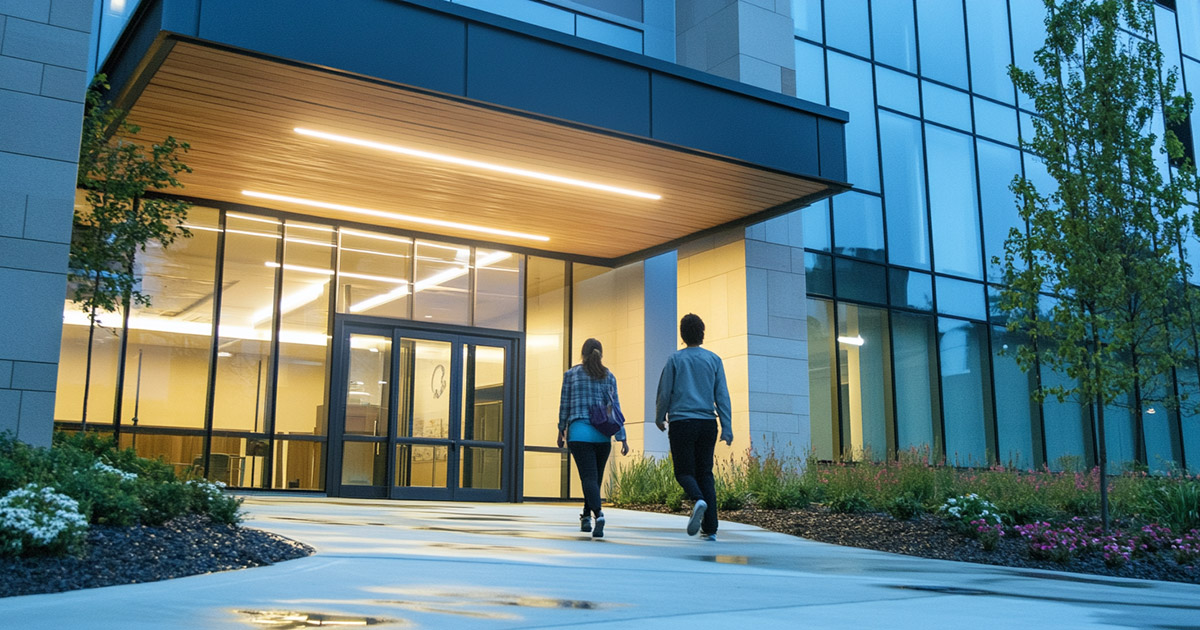Table of Contents
A leukemia or lymphoma diagnosis brings not only devastating health challenges but also significant financial toxicity. Many patients face difficult choices between medical care and basic necessities with treatments often costing thousands of dollars monthly. Fortunately, a network of resources exists to help alleviate this burden for blood cancer patients in the United States. This comprehensive guide will help you navigate available leukemia grants and support programs to ease your financial journey.
Major Organizations Providing Leukemia and Lymphoma Financial Assistance
LLS offers several financial assistance programs for qualified patients as the world’s largest voluntary health organization dedicated to blood cancer:
- Patient Aid Program: A one-time $100 stipend with no income restrictions for U.S. residents with confirmed blood cancer diagnoses who are in active treatment. While modest, this can provide immediate help with pressing needs.
- Co-Pay Assistance Program: Helps cover insurance premiums (including Medicare Part B, Part D, and Supplementary plans) and treatment-related costs including prescription drugs, laboratory work, scans, and diagnostic tests. Eligibility requirements include U.S. citizenship or residency, household income at or below 600% of the Federal Poverty Level (adjusted by Cost of Living Index based on zip code), and active medical insurance. Maximum awards recently included $4,000 for Acute Myeloid Leukemia (AML) and $4,500 for Chronic Lymphocytic Leukemia (CLL).
- Urgent Need Program: Provides $500 grants for non-medical expenses like rent, mortgage, lodging, utilities, childcare, elder care, food, transportation, car repair, car insurance, phone service, and acute dental work related to treatment.
- Local Financial Assistance Program: Similar to the Urgent Need program, this offers $500 grants for non-medical expenses, potentially available once every 6 months depending on continued eligibility and funding availability.
The Lymphoma Research Foundation offers Patient Aid Grants specifically designed for patients with lymphoma or CLL. These grants cover treatment-related expenses including
- medical bills
- transportation costs to and from appointments
- lodging expenses incurred during treatment periods
- childcare costs required during treatment
Unlike some LLS programs, the LRF grant does not cover general living expenses like food, rent, or utility bills.
This organization provides limited financial assistance through two main programs:
- Financial Assistance Program that covers:
- transportation (including potential air and car travel)
- home care
- childcare for eligible patients residing in the U.S. or Puerto Rico who meet income guidelines based on the Federal Poverty Limit.
- Co-Payment Assistance Foundation (CCAF) that assists with:
- Co-payments
- Co-insurance
- deductibles for prescribed chemotherapy or targeted treatment medications
Funds exist for Acute Lymphoblastic Leukemia (ALL), AML, CLL, Chronic Myeloid Leukemia (CML), and Non-Hodgkin’s Lymphoma. Income must generally be at or below 500% of the FPL. Grant amounts vary by disease fund (e.g., ALL funds offered an initial grant of $7,000 with a $10,000 annual cap).
PAF offers distinct programs focusing on case management, co-pay relief, and financial aid grants:
- Co-Pay Relief Program: Provides direct financial assistance for out-of-pocket costs required by insurance for prescriptions and treatments. Specific funds exist for AML, Multiple Myeloma, and other cancer types.
- Financial Aid Funds: These provide small, typically one-time grants to cover specific non-medical expenses including transportation, lodging, food, utilities, housing costs, and caregiver support expenses.
HealthWell primarily covers prescription drug co-pays, co-insurance, and deductibles through disease-specific funds:
- Disease-Specific Funds: Examples include CLL (Medicare Access), AML, and B-Cell Lymphoma funds, with maximum awards varying (e.g., $8,000 for CLL and B-Cell Lymphoma Medicare Access funds, $10,000 for AML fund). Eligibility typically requires income up to 500% of the FPL.

Navigating the Application Process
Effectively accessing assistance requires organization and persistence, and following 7 steps:
- Start early
- Begin researching resources as soon as possible after diagnosis, rather than waiting until a financial crisis develops.
- Contact multiple sources
- Reach out to hospital social workers, major organization helplines like LLS (1-800-955-4572), and utilize online tools like PAN Foundation’s FundFinder to identify open assistance programs.
- Understand eligibility criteria
- Carefully verify requirements for each program, include diagnosis specifications, income thresholds, residency requirements, insurance status, and treatment status.
- Gather necessary documentation
- Prepare proof of diagnosis (physician-signed forms), income verification (tax returns, pay stubs), residency/identity proof, and insurance information.
- Submit applications promptly
- Many funds operate on a first-come, first-serve basis and can close quickly when depleted. Respond immediately when notified of an opening if you’ve been waitlisted.
- Work with your healthcare team
- Social workers, patient navigators, and financial counselors can help identify resources and sometimes complete applications on your behalf.
- Follow up diligently:
- Check application status regularly and be aware of typical processing timelines (e.g., LLS typically mails checks within 7-10 days of approval).
Beyond Direct Financial Grants
Organizations also provide valuable support services to help manage the financial impact of blood cancer:
- Patient navigation services:
- Experts help you understand insurance benefits, identify assistance programs, and coordinate care.
- LLS offers Information Specialists and a Medical Debt Case Management Program specifically focused on these issues.
- Insurance appeals and medical debt resolution:
- Organizations like PAF provide case management for resolving insurance denial issues and managing medical debt.
- Specialized transportation and lodging support:
- Certain programs address specific travel needs like American Cancer Society’s Road To Recovery (volunteer drivers), Corporate Angel Network (free flights on corporate jets), and LLS’s Susan Lang Pre CAR T-cell Therapy Travel Assistance Program ($2,500 grant).
Government Programs as a Foundation
Before seeking non-profit assistance, investigate government programs:
- Medicare:
- Covers many cancer treatments for those 65+ or on disability.
- The Inflation Reduction Act established a $2,000 annual out-of-pocket maximum for Part D prescription drugs starting in 2025.
- Medicaid:
- Provides coverage for low-income individuals, with eligibility varying by state.
- Social Security Disability:
- Several blood cancers automatically qualify for expedited processing through the Compassionate Allowances initiative, including Acute Leukemia, CML (Blast Phase), and several lymphoma types.
While a leukemia diagnosis brings significant challenges, numerous resources exist to help patients manage the financial burden of treatment. You can focus more on healing and less on financial stress by understanding available programs and approaching the application process strategically.




